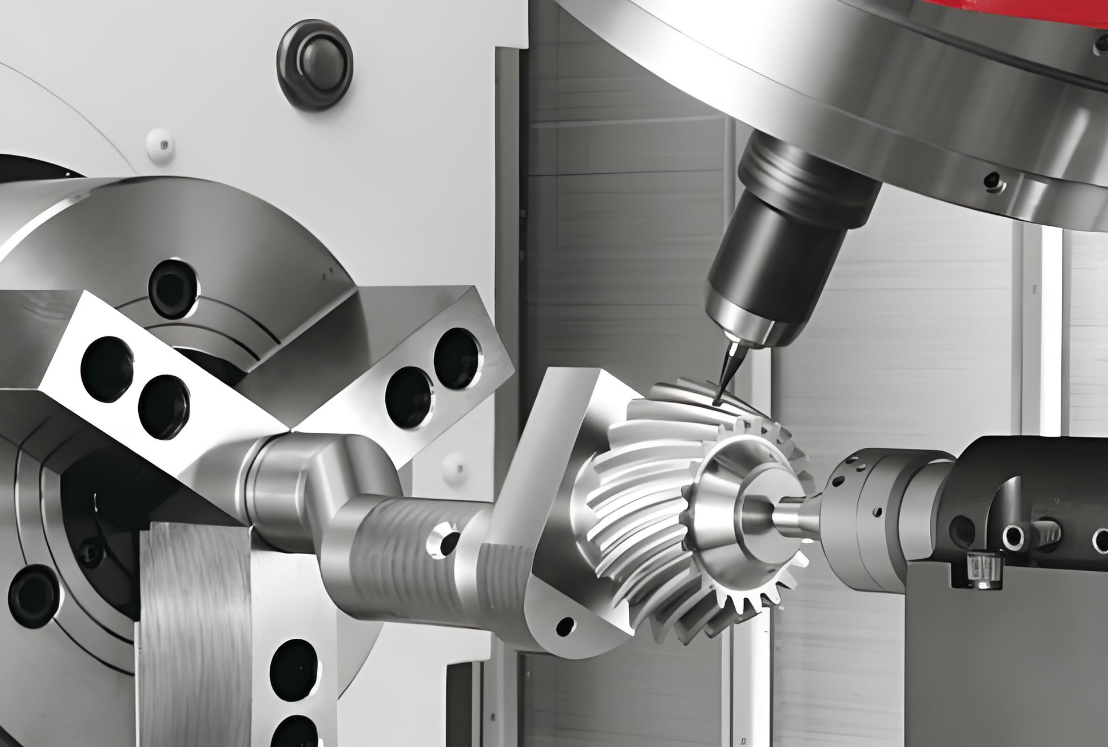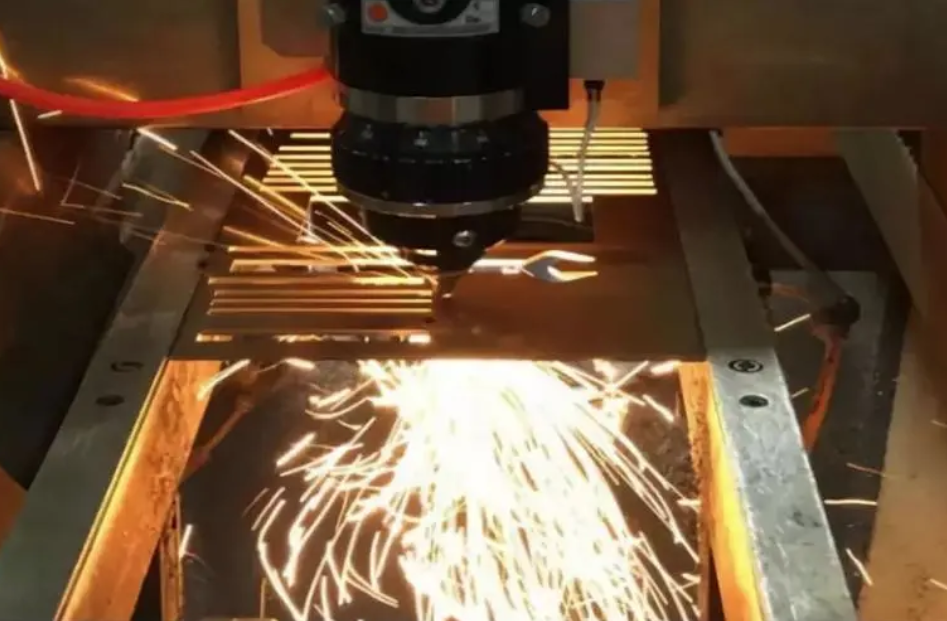Sheet metal processing is a key manufacturing process used widely in industries like automobiles, aviation, home appliances, and electronics. With advancements in science and technology, digitalization and CAD/CAM technologies are improving design and processing efficiency in sheet metal work. These innovations not only transform traditional manufacturing methods but also offer significant advantages, including enhanced precision, shorter production cycles, and cost reductions. This article explores how digitalization and CAD/CAM technologies are reshaping sheet metal processing and improving efficiency.

Overview of Digital Design and Manufacturing
Digital Design and Manufacturing (DDM) is a new method of using computer technology for product design, manufacturing planning, and process control. Its core is to store, process, and transmit design data in digital form, to achieve a seamless connection between design and manufacturing processes. CAD (Computer-Aided Design) and CAM (Computer-Aided Manufacturing) are important components of digital design and manufacturing. They greatly improve the efficiency of design and processing through integrated software platforms and tools.
Application of CAD/CAM technology in sheet metal processing
1. Application of CAD technology
The application of CAD technology in sheet metal processing is mainly reflected in the following aspects:
(1) Improvement of design accuracy
Traditional sheet metal design relies on manual drawing and calculations, which are time-consuming, labor-intensive, and error-prone. CAD software allows designers to create accurate digital models of sheet metal parts, ensuring design data accuracy. Designers can experiment and make modifications in a virtual environment, quickly identifying and resolving design issues to improve accuracy.
(2) Design optimization
CAD software offers powerful analysis tools, including strength, stress, and thermal analysis for sheet metal structures. These tools help designers predict and address potential issues early, optimizing the structure and enhancing the performance and durability of the parts.
(3) Rapid prototyping
With the help of CAD technology, designers can quickly generate three-dimensional models of sheet metal parts and make prototypes through technologies such as 3D printing. This not only speeds up product development butt also helps companies verify the feasibility of designs before actual production.
2. Application of CAM technology
The application of CAM technology in sheet metal processing mainly includes the following aspects:
(1) Automated processing
CAM software automatically generates processing paths for cutting, bending, and stamping by converting CAD design data into operational instructions. This automation boosts efficiency, reduces human errors, and improves processing accuracy.
(2) Production process optimization
CAM software optimizes the sheet metal production process by reducing material waste and improving material utilization through efficient layout. It also generates detailed processing plans and documents, providing clear guidance for production lines and shortening production cycles.
(3) Simulation and simulation
CAM software includes simulation features that allow virtual testing of the processing process before actual production. This helps engineers identify potential issues, such as collisions or interference, and make adjustments, preventing problems during production.

Advantages of digitalization and CAD/CAM technology
Digitalization and CAD/CAM technology bring significant advantages in sheet metal processing:
1. Improve design and processing efficiency
Digital design and manufacturing enable the design and processing process to be carried out quickly and accurately. Designers can quickly create and modify designs, and manufacturers can quickly generate processing instructions, which significantly improves overall production efficiency.
2.Reduce errors and rework
Through CAD/CAM technology, the accuracy of design and processing data is guaranteed. Rework caused by manual operation and design errors is reduced, and the first-time qualified rate of products is improved.
3. Optimize resource utilization
The optimization function of CAM software can effectively reduce material waste and improve the utilization of production resources. In addition, digital design can reduce the cost of testing and prototyping through virtual testing and simulation.
4.Improve product quality
Digital technology makes the processing process more precise and controllable, thereby improving the quality and consistency of products. The structure and performance of sheet metal parts are further improved through advanced analysis and optimization tools.
Real Cases
To better understand how digitalization and CAD/CAM technology apply to sheet metal processing, let’s explore a few real-world examples:
Automobile Manufacturing
A certain automobile manufacturer optimized the design and processing process of body sheet metal parts by introducing CAD/CAM technology. The design team used CAD software for detailed design and analysis, while CAM software automatically generated processing paths for stamping and welding. In this way, the automobile manufacturer shortened the production cycle, improved the accuracy of the body, and reduced production costs.
Aerospace Industry
An aerospace company used advanced CAD/CAM technology to process titanium alloy sheets during sheet metal processing. Due to the difficulty of titanium alloy processing, traditional processing methods cannot meet the accuracy requirements. Through CAD/CAM technology, the company can accurately control the processing process and ensure the high quality and high precision of aviation parts.
Development Trends
With the advancement of science and technology, the application of digitalization and CAD/CAM technology in sheet metal processing will continue to develop. Future trends include :
1.Higher level of automation
The development of intelligent manufacturing and Industry 4.0 will promote further automation of sheet metal processing. Technologies such as intelligent robots and automated detection systems will be integrated with CAD/CAM systems to achieve full-process automated production.
2. Application of artificial intelligence
The application of artificial intelligence technology will enable CAD/CAM systems to have stronger adaptive and optimization capabilities. AI will be able to automatically adjust processing parameters based on actual production data to improve production efficiency and product quality.
3 . More advanced materials and processes
The development of new materials and processing technologies will bring higher processing requirements. CAD/CAM technology will be continuously updated to meet the processing needs of new materials and promote the innovation of sheet metal processing technology.

Conclusion
The application of digitalization and CAD/CAM technology in sheet metal processing has greatly improved the efficiency of design and processing. These technologies not only make the design process more accurate and efficient but also optimize production, improving quality and resource utilization. As science and technology continue to advance, we can expect digitalization and CAD/CAM to play a larger role in sheet metal processing, driving further innovation and change in the manufacturing industry.
